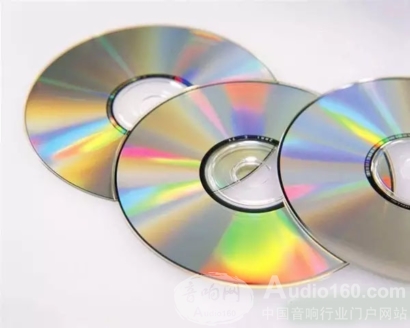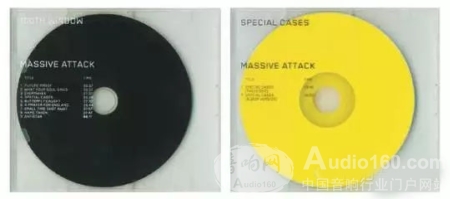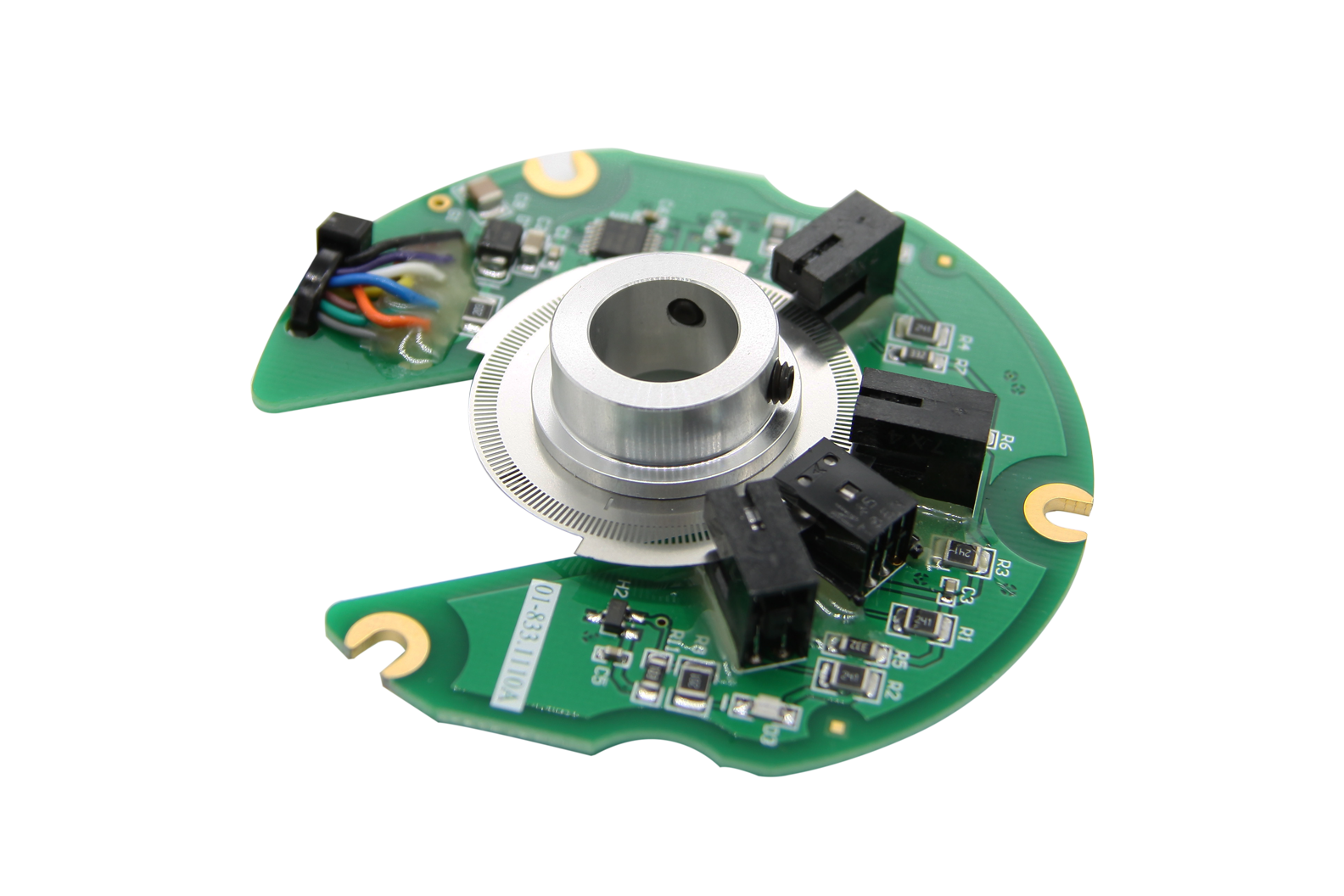There may be friends who don't know the type of CD. I will talk about it here.
Main categories: Traditional CD, DTS-CD, DVD AUDIO, HDCD, XRCD, SACD
Traditional CD
The digital audio of the CD uses PCM multi-bit recording technology to record audio data at a sampling frequency of 44.1 KHz per second with 16-bit quantization accuracy. A variety of digital audio products developed in the future, such as DAT, DCC, MD, etc., also use this format. But PCM has some insurmountable flaws:
(1) When using a 44.1 KHz sampling frequency, a sharply rising digital filter must be used at 22.05 kHz to prevent mixing of frequency components outside the baseband. The group delay distortion caused by such a sharp cut filter significantly degrades the reproduced sound quality at the high frequency end.
(2) For small signals, the signal-to-noise ratio is degraded due to quantization noise in the PCM method. In order to solve this problem, some improvement measures have been taken. However, these measures have brought new problems, which makes it easy for people to identify the digital sounds that CDs restore when the sound is restored. The specific performance is that the low frequency is hard, thin, the intermediate frequency is not transparent, and the high frequency has a burr. Although the technology has been continuously improved in the past 20 years, the quantization code has been increased from 16 bits to 24 bits and 32 bits, and the sampling frequency has been increased to 96 kHz. Even so, the improvement is limited.
DTS CD
DTS-CD, as the name implies, is the audio Audio-CD of DTS audio. It is stored in the same way as a normal music CD, and is 16bits, 44.1kHz sampling frequency. Only the actual content recorded in the DTS CD is not the PCM sampled signal of the ordinary CD, but the DTS encoded track signal. Since the DTS CD file recording format is compatible with a normal CD, it can be copied, created and played in the same way as a music CD.
in conclusion:
DTS CD requires a dedicated decoder chip. But now almost all DVD players on the market support DTS (coaxial cable or fiber to power amplifier decoding, or directly decode the decoder chip built into the DVD player), so most people can use DTS CD. The traditional CD player can't be put, and only the sound of rustling sand is released.

DVD AUDIO
Same as DVD Video size, it is a DVD disc with music format; DVD Audio uses the same "PCM linear" recording as the previous CD, or "Non-Putdown Compression Technique" MLP developed by Meridian, UK. DVD Audio also supports a variety of digital signal formats, which allow for 16-bit, 20-bit, and 24-bit, and multi-channel mode up to 6 channels. Digital surround 3D hi-fi sound can be achieved.
in conclusion:
DVD AUDIO requires a dedicated DVD with DVD AUDIO decoding. Today's low-end DVD players with DVD AUDIO decoding are only a few dollars more expensive than ordinary DVD players of the same grade.
HDCD
HDCD is the abbreviation of High Definition Compatible Digital, which uses a new recording technology to exceed the traditional CD format when sending analog audio signals on the master tape to the HDCD encoder. The high resolution of 44.1KHZ, 16 BIT is encoded into a digital signal, and the signal generated at this time will be more than that of a normal CD.
The HDCD encoder allows the extra signal to be processed into a powerful computer consisting of 11 Motorola DSP56001 processors. In a continuous and instant processing manner, combined with the influence of the acoustic psychology studied by engineers, all signals are filtered and then divided into traditional ones. The portion of the CD track that can be accommodated and the portion of the signal that is exceeded, the HDCD encoder places the latter part of the information in the hidden command track of the conventional CD to be compatible with the existing CD system.
Therefore, the HDCD decoding chip PMD100 has two parts, one is digital filtering and the other is HDCD decoding. When playing a normal CD, the HDCD decoding part does not work. At this time, the PMD100 can be regarded as a high-performance digital filter, which is superior to the digital filter of the widely used NPC system. When playing a CD recorded in HDCD mode, the HDCD decoder in the PMD100 automatically detects the signal in the hidden slice of the CD slice and restores it to a high-resolution signal, which can be felt by digital-to-analog conversion. The unique charm of the high resolution CD.
in conclusion:
Ordinary CD players can play HDCD discs, which is theoretically better than playing ordinary CDs. But to enjoy the true HDCD charm you need to buy a CD player with HDCD decoding.

XRCD (perfect 16-bit)
XRCD is a K2 interface developed by JVC Japan, which includes many aspects such as Mastering equipment, manufacturing processes, hardware and theory. Inventing this technology, the time base is controlled by the original master clock system in all aspects of CD production, so that the jitter distortion coefficient of the CD plate making and the group error coefficient of the glass master are greatly reduced, and the plate making precision is correspondingly Greatly improved, so that the fidelity in CD production is greatly guaranteed.
The XRCD is arguably a perfect 16-bit device that does not require any additional equipment and delivers the highest sound of a CD on any record player. In order to maintain the XRCD brand's advantages, JVC is extremely strict in selecting the mastering quality, and has strict requirements for the XRCD remanufacturing, engraving mastering, and tableting of the master tape, plus technical confidentiality and other reasons, JVC Corporation Strict regulations can only be processed and produced in the company's local fixed-point production studios and designated factories. Due to these characteristics, even if the digital copy of the digital master is strictly copied in such a strict manner, XRCD technology will not be used in processing, and the advantages of XRCD will not appear. Therefore XRCD is also known as "a disc that cannot be pirated".
in conclusion:
Ordinary CD players can play XRCD discs. But the XRCD you got from the Internet BT has no real XRCD effect.
SACD
The hardware structure of the SACD disc was developed on the MM-CD high-density optical disc jointly developed by Sony and Felix. This is a single-sided, two-layer disc with a diameter of 12 cm and a thickness of 1.2 mm. It has the same appearance as a CD. The earliest appearance of the SACD has only one-sided double-layer structure: the upper layer is the CD layer, which is exactly the same as the physical structure and data structure of the CD. The upper layer is divided into a layer of HD at 0.6mm. The physical structure here is the same as the DVD. SACD's high-quality audio structure, but the music content is the same as the above CD layer, and can only be placed at most 74min (minutes). The SACD signal uses a technique called l-bit direct data stream data (DSD) with a sampling frequency of 2.8224 MHz (which is a concept used by Nyquist's theorem). Its sound clarity, signal-to-noise ratio, dynamics and frequency response are much higher than the current CD standard.
in conclusion:
The CD player can play SACD, read the information on the CD layer, and restore the CD quality sound. The original CD can also be played in a SACD player. Just like a DVD playing CD, it is also a CD-quality sound. But to enjoy the charm of a true SACD, you need to buy a CD player with SACD.
The sensor includes linear encoder and rotary encoder, which is used for the position measurement of speed, displacement and angle. Yuheng optics can provide rotary encoders based on optical, magnetic and gear principles, linear encoders based on optical principles and supporting products.

Custom Sensor,Clintegrity Encoder,Absolute Angle Encoder,Small Rotary Encoders
Yuheng Optics Co., Ltd.(Changchun) , https://www.yuhengcoder.com